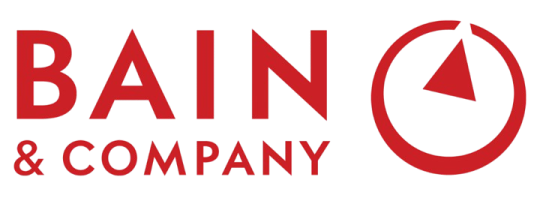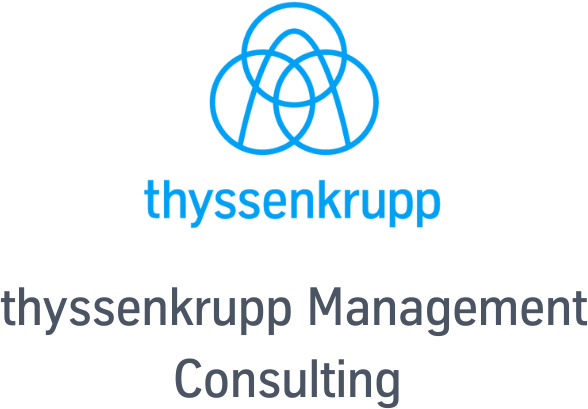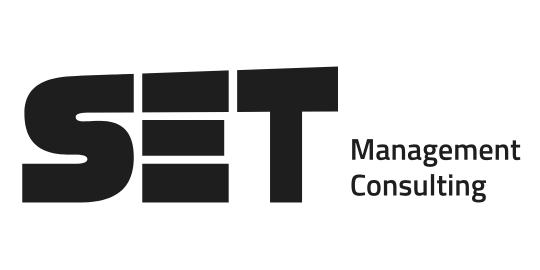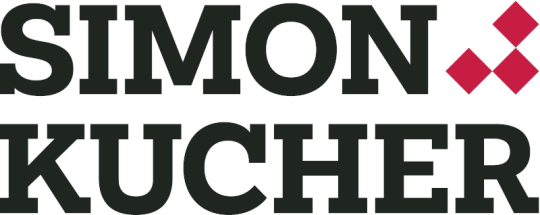Cases, also known as case studies, are business problems that a candidate is presented with during a case interview at a management consultancy. The challenge is to solve it under pressure and in a structured way.
Practice With Cases on Various Topics
Any Open Questions Left? Check Out Our FAQ
What are cases?
Why are consulting cases so important for your preparation?
Consulting interviews are among the most competitive and difficult job interviews that exist. Interviewers use cases as an indicator to test whether you have what it takes to become a successful consultant. In order to pass, you need to ace the case interview part. And in order to ace the case interview part, you need to be well-prepared. Thus, practicing cases is one of the most important aspects of interview preparation in consulting. During different rounds of interviews you will have to solve cases again and again to prove your structured and analytical thinking as well as your communication skills.
How can I practice cases?
You can practice cases on your own and go through them to get a first feeling for the structure. Afterwards, you should go into a real interview environment and practice cases with other members on the platform. You will find more than 50 mock-interview requests on the Meeting Board every day, which you can easily accept. If there is nothing suitable on the Meeting Board, you can also use the Candidate Listing. Here you can find active members on the platform and send them a direct meeting request. If you want to take your case practice to the next level, we recommend you to schedule coaching sessions with our coaches who have many years of experience in helping candidates receive their dream job offer.
What is the difference between Candidate-led and Interviewer-led?
In an interviewer-led case interview, the interviewer leads through the conversation. This means that the interviewer asks specific questions and also controls the time you have to analyze and answer different questions and therefore the depth of your analysis. In contrast, the candidate-led style (which is more common) is about you taking the initiative as a candidate. The initial problem is given to you by your interviewer. Afterwards, you have the freedom to structure the case according to your ideas and to ask questions proactively in order to find a solution to the problem.
What are real cases?
Real cases in the PrepLounge Case Library are cases that were submitted by management consultancies and have been treated as such within the company. They were made available from the real interview process. In this way, you can gain deep insights into the requirements of the case interview with the respective top consultancies (e.g. Bain & Company, Roland Berger, Deloitte, Oliver Wyman). We have marked these cases with the corresponding company logo.
What are expert cases?
Expert cases were created by our PrepLounge coaches and either contain real problems that the experts have already dealt with in their lives as consultants or cases from actual consulting interviews they took part in. They offer you an optimal preparation through the different subjects, levels of difficulty and styles. And the best thing is: If you have questions about the cases, you can ask them directly to the authors.
What are video case solutions?
Video case solutions are cases in which we provide you with a solution that includes a YouTube video. With this we want to help you to understand case solutions even better.
What does the rating of the cases mean?
Every member has the possibility to rate a case and leave feedback on the case. This gives you the opportunity to call up a ranking and solve the cases that are particularly popular in the community. It also gives us the opportunity to continuously improve our cases in order to provide you with the best possible practice material.
Which are the most interesting cases on PrepLounge?
Which cases are most interesting for you depends on your personal preference and your level of knowledge. If you are just starting with the case interview preparation, beginner cases are probably the most interesting ones for you. You also have the possibility to filter by different categories, such as personal fit, market analysis or brain teaser and many more, in order to address exactly the topics that are most relevant for your application.
Practice Case Interviews - Browse Our Extensive Case Library
Invite other candidates for a meeting to crack the case interactively or solve it on your own. If you like to check your case approach just have a look at the given sample solution.
A Vast Selection of Management Consulting Cases
Our selection of case studies mirror the wide variety in real case interviews. Thus, you can solve challenging problems around market sizing, market-entry, pricing, or operations strategy. Moreover, all provided cases are marked with a level of difficulty and the respective case style. This will allow you to filter for interviewer-led (as used by McKinsey) and candidate-led cases. In addition, some of our corporate partners granted some great original cases that have been used in real interviews. Check them out to get some authentic insights about the real application process of top firms like Bain, Roland Berger, and many more. These cases are clearly indicated by the firm's logo.















